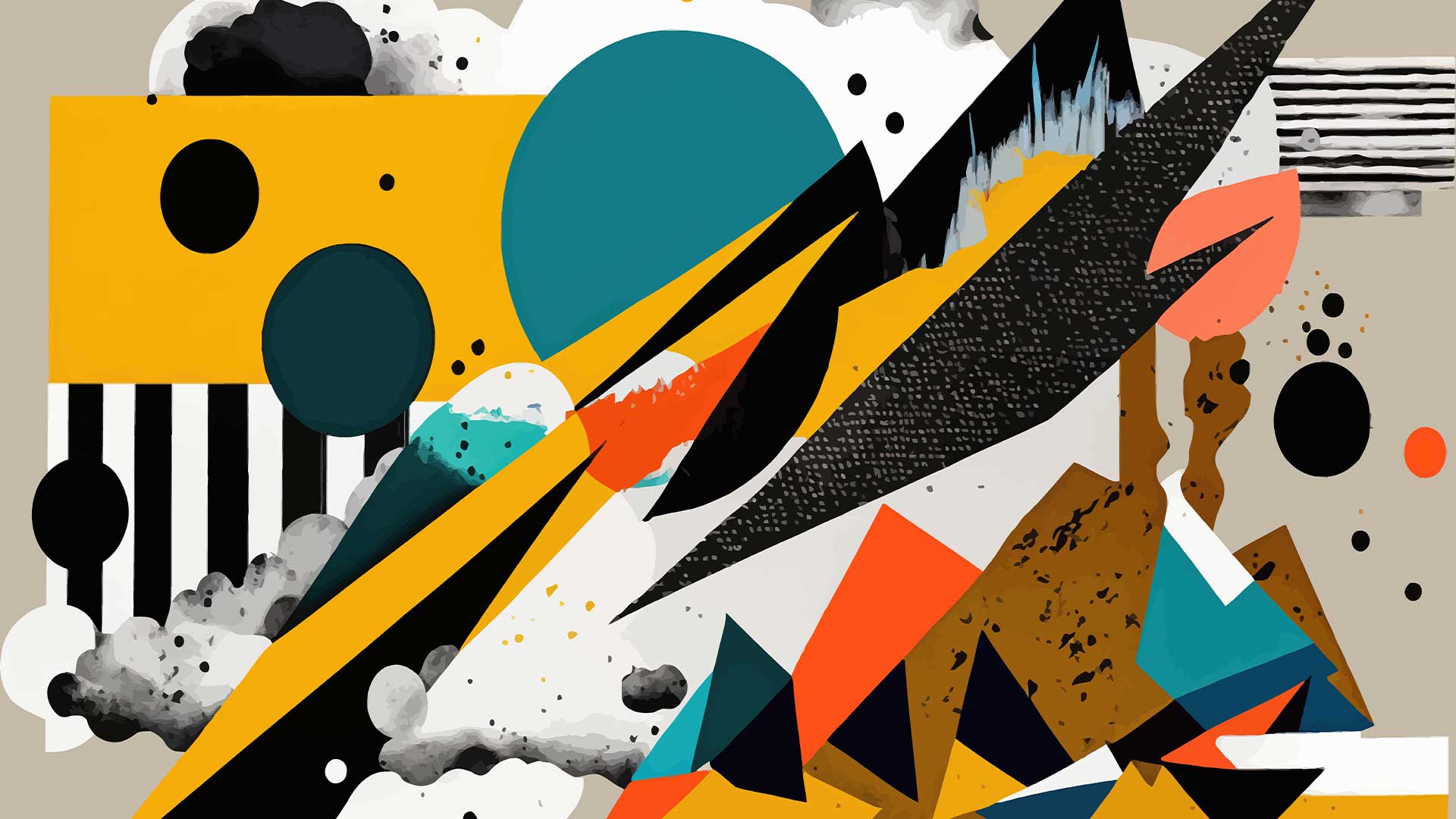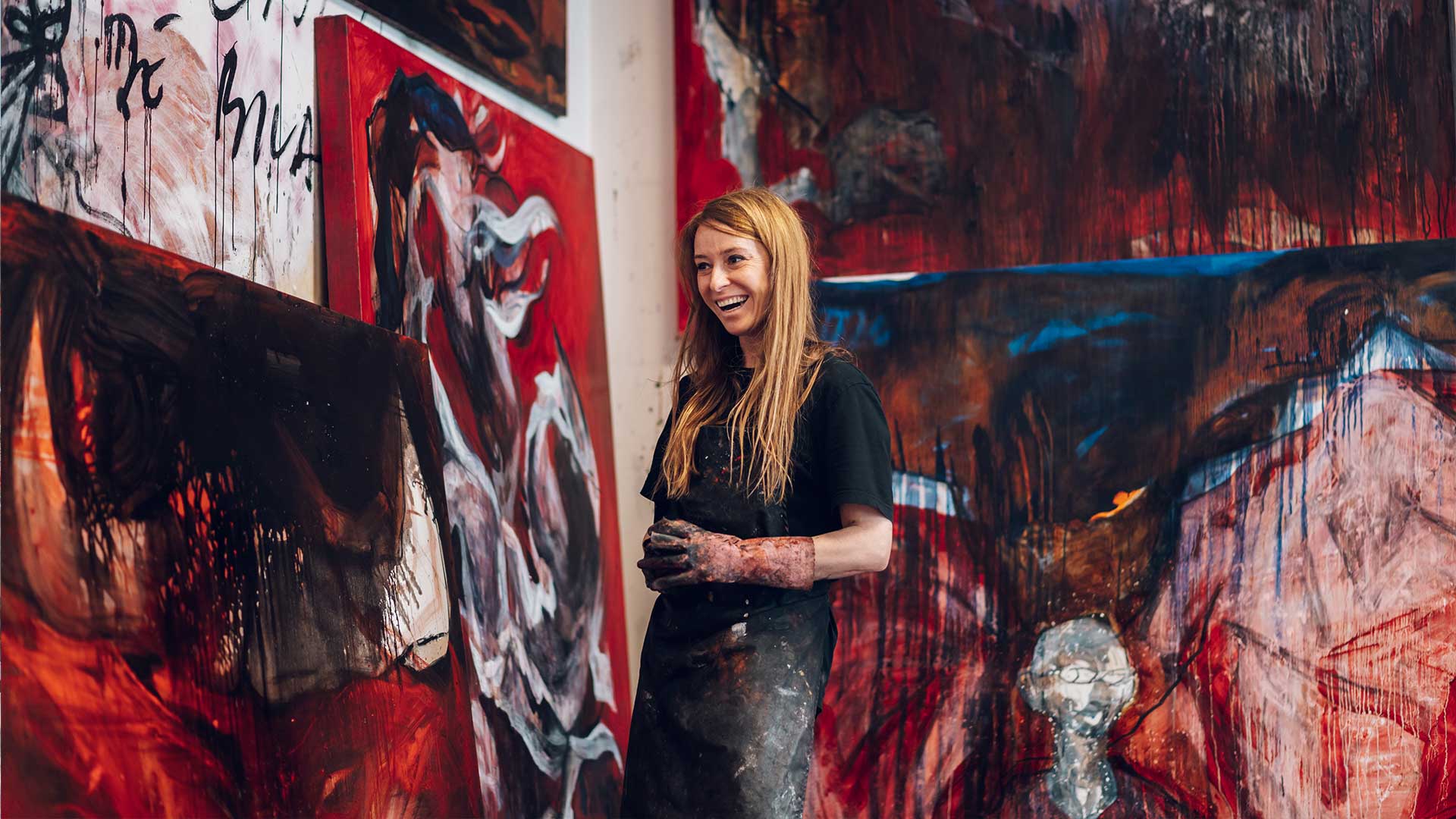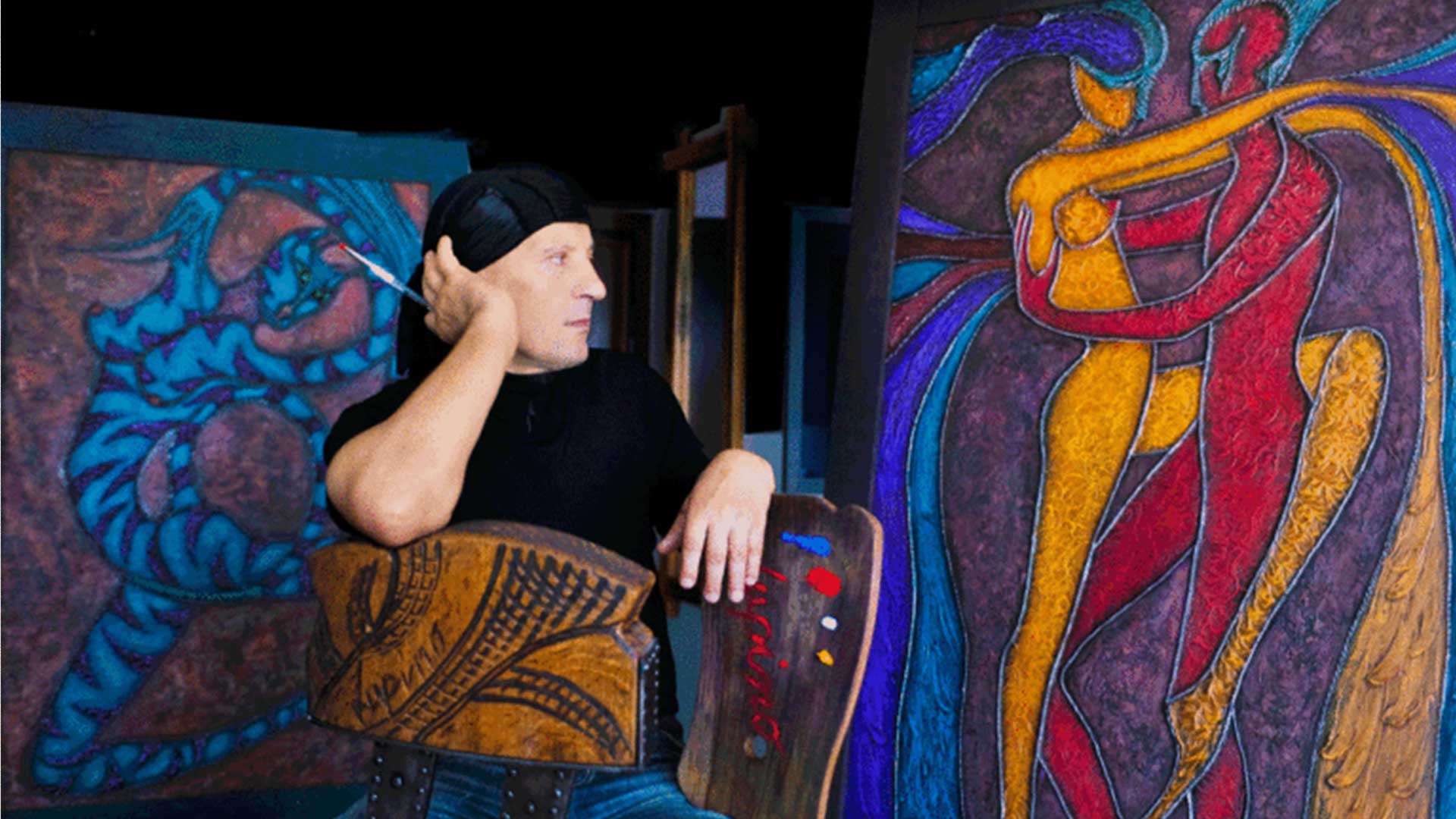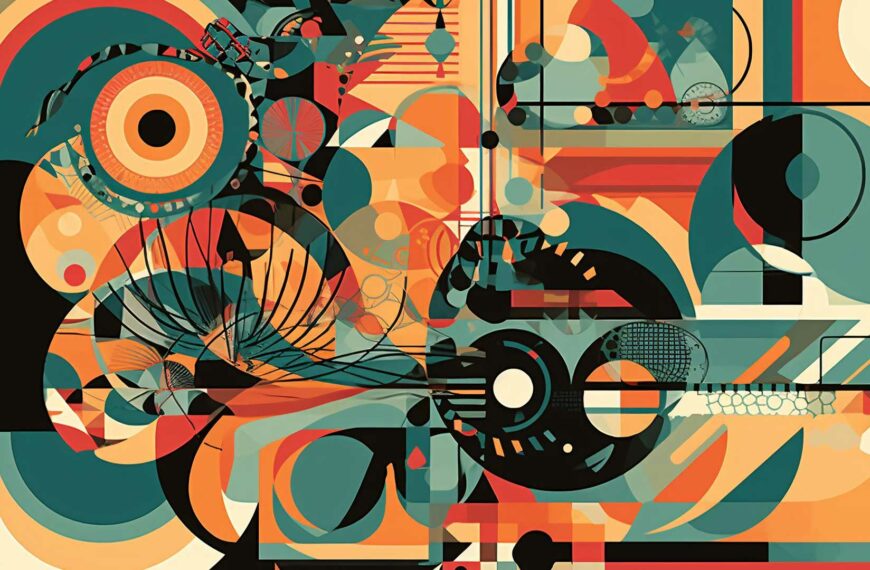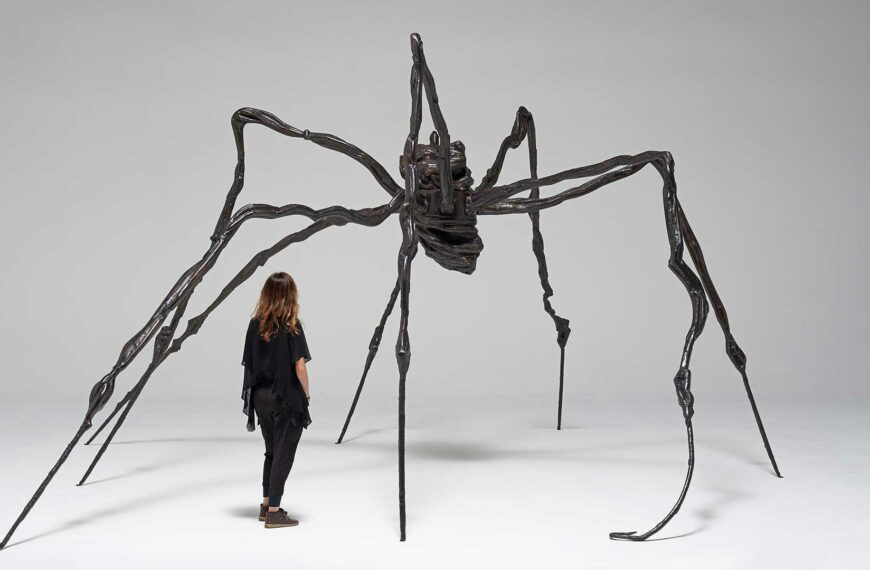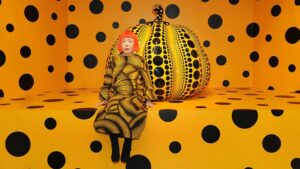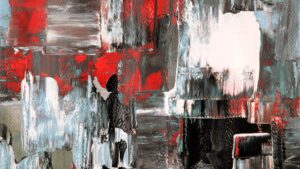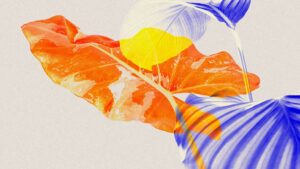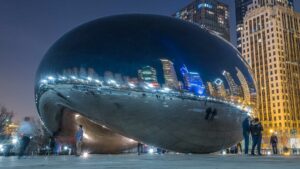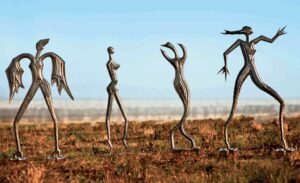What Readers Will Learn
- Definition and characteristics of modern art paintings
- Historical context and societal influences on modern art
- Key movements and styles in modern art paintings
- Notable modern painters and their famous works
- Collections, exhibitions, and acquiring modern art paintings
- Impact and influence of modern art paintings on the art world and society
I. Understanding Modern Art Paintings
Modern art paintings have revolutionized the art world, challenging traditional forms of representation and pushing the boundaries of artistic expression. In this article, we will delve into the world of modern art paintings, exploring their definition, characteristics, historical context, key movements, notable painters, acquiring methods, and their impact on the art world and society.
Definition and Characteristics of Modern Art Paintings
Modern art paintings emerged in the late 1800s as a response to societal changes and a desire to break away from the constraints of traditional subjects and styles like portraiture, still lifes, and realism. Unlike their predecessors, modern art paintings aimed to create a purely visual world on a flat canvas, emphasizing innovation, experimentation, and abstraction.
One of the defining characteristics of modern art paintings is their departure from realistic depictions. Instead of striving for accurate representation, modern painters sought to convey emotions, ideas, and concepts through the use of color, form, and composition. This emphasis on the subjective experience and personal interpretation is a hallmark of modern art.
Historical Context of Modern Art Paintings
To understand the emergence of modern art paintings, it is crucial to consider the historical context in which they developed. The late 19th and early 20th centuries marked a period of significant societal changes, including industrialization, urbanization, and rapid technological advancements. These transformations had a profound impact on the way people perceived the world and their place within it.
Technological advancements, such as the invention of the camera, challenged the role of art as a means of realistic representation. Artists felt compelled to explore new avenues of expression that went beyond mere imitation. Additionally, cultural shifts, such as the questioning of traditional values and the search for new forms of individual identity, influenced the development of modern art paintings.
II. Key Movements and Styles in Modern Art Paintings
Modern art paintings encompass a wide range of movements and styles, each with its own unique characteristics and contributions to the artistic landscape. Let’s explore some of the most influential movements in modern art history.
Impressionism
Impressionism was one of the first major movements in modern art paintings. It originated in France in the late 19th century and sought to capture the fleeting impressions of light, color, and atmosphere in a momentary glimpse. Impressionist painters, such as Claude Monet, Pierre-Auguste Renoir, and Edgar Degas, focused on capturing the essence of a scene rather than its precise details.
Impressionist paintings are characterized by their loose brushwork, vibrant colors, and emphasis on the play of light. These works often depict outdoor scenes, such as landscapes, gardens, and leisure activities. One notable example of an impressionist painting is Monet’s “Water Lilies,” which portrays the artist’s beloved garden in Giverny.
Fauvism
Fauvism, which emerged in the early 20th century, was characterized by its bold and vibrant use of color. Fauvist painters, including Henri Matisse and André Derain, rejected the naturalistic color palette and instead used intense, non-representational colors to evoke emotions and create a sense of dynamism.
Fauvist paintings often featured simplified forms and distorted perspectives, with colors applied in broad, flat areas. This movement sought to convey the emotional and expressive power of color, rather than faithfully representing the physical world. Matisse’s famous painting “The Dance” is a prime example of Fauvism, with its vibrant hues and rhythmic composition.
Case Study: Discovering the Power of Modern Art
Introduction: In this case study, we will explore how one individual, Sarah Thompson, discovered the power of modern art paintings and how it transformed her understanding and appreciation of art.
Background: Sarah Thompson had always been interested in art, but her exposure was limited to traditional paintings and classical styles. She had visited museums and galleries, appreciating the skill and beauty of these works, but she had never truly connected with them on a personal level.
The Journey Begins: One day, Sarah stumbled upon an exhibition dedicated to modern art paintings. Intrigued by the vibrant and unconventional pieces, she decided to explore this new artistic landscape. As she walked through the exhibition, she was struck by the unique characteristics and styles of the modern art paintings. The bold colors, abstract forms, and expressive brushstrokes captivated her attention and sparked her curiosity.
Understanding Modern Art: Sarah took the time to read about each movement and artist represented in the exhibition. She learned about Impressionism, Fauvism, Cubism, Surrealism, and Abstract Expressionism. Each movement had its own story, its own purpose, and its own way of challenging traditional artistic conventions.
Connecting with the Artists: Sarah found herself drawn to the works of Pablo Picasso, particularly his Cubist period. The fragmented forms and multiple perspectives in his paintings resonated with her own experiences of navigating the complexities of life. She also discovered the emotional depth in Mark Rothko’s color-field paintings, which evoked a sense of tranquility and introspection within her.
Personal Transformation: Sarah’s encounter with modern art paintings sparked a personal transformation. She began to see art as a reflection of the human experience, an avenue for expressing emotions and ideas that could not be captured by traditional forms. She realized that art was not confined to realistic representations, but could also be a medium for experimentation and pushing boundaries.
Broadening Horizons: Inspired by her newfound appreciation for modern art, Sarah started exploring other artistic disciplines influenced by these paintings. She discovered how modern art had influenced architecture, design, and even fashion. She found herself drawn to contemporary buildings with bold shapes and unconventional materials.
Conclusion: Through her journey with modern art paintings, Sarah Thompson discovered a new artistic landscape that challenged her perceptions and expanded her understanding of art. She now embraces the subjective experience and personal interpretation when engaging with art, and encourages others to explore the world of modern art paintings to develop a deeper appreciation for this dynamic and transformative art form.
Cubism
Cubism, pioneered by Pablo Picasso and Georges Braque, revolutionized the way art was perceived and created. This movement, which emerged in the early 20th century, sought to depict objects from multiple viewpoints simultaneously, breaking them down into geometric shapes and planes.
Cubist paintings challenged traditional notions of perspective and representation, offering a fragmented and abstracted view of the world. The use of multiple perspectives and the incorporation of collage elements created a sense of depth and movement. Picasso’s “Les Demoiselles d’Avignon” is a groundbreaking example of Cubism, with its fragmented forms and distorted figures.
Surrealism
Surrealism emerged in the 1920s as a response to the trauma and upheaval of World War I. This movement explored the realm of dreams, the subconscious, and the irrational, seeking to unleash the creative potential of the unconscious mind. Surrealist painters, such as Salvador Dalí and René Magritte, created bizarre and dreamlike imagery that challenged rationality and conventional interpretations.
Surrealist paintings often feature juxtapositions of unrelated objects, unexpected combinations, and distorted or metamorphosing forms. The aim was to tap into the hidden depths of the human psyche and provoke thought and introspection. Dalí’s iconic painting “The Persistence of Memory” is a prime example of Surrealism, with its melting clocks and enigmatic atmosphere.
Abstract Expressionism
Abstract Expressionism emerged in the mid-20th century as a response to the chaos and trauma of World War II. This movement prioritized individual expression, emotional intensity, and the act of painting itself. Abstract Expressionist painters, such as Mark Rothko, Jackson Pollock, and Willem de Kooning, embraced spontaneity, gestural brushwork, and non-representational forms.
Abstract Expressionist paintings often feature large-scale canvases, bold brushstrokes, and a sense of energy and movement. These works aim to evoke emotional responses from viewers, inviting them to interpret the paintings in their own subjective ways. Rothko’s color field paintings, such as his famous “No. 14,” create immersive and contemplative experiences through the use of luminous, hovering rectangles of color.
III. Notable Modern Painters and their Famous Works
The world of modern art paintings is enriched by the contributions of numerous groundbreaking painters. Let’s explore the works of some of the most influential figures in modern art.
Pablo Picasso
| Painter | Key Works |
|---|---|
| Pablo Picasso | “Guernica,” “Les Demoiselles d’Avignon,” “The Weeping Woman” |
| Henri Matisse | “The Dance,” “The Red Studio,” “Woman with a Hat” |
| Mark Rothko | “No. 14,” “Orange and Yellow,” “Blue, Green, and Brown” |
| Claude Monet | “Water Lilies,” “Impression, Sunrise,” “Rouen Cathedral” |
| Salvador Dalí | “The Persistence of Memory,” “The Elephants,” “The Disintegration of the Persistence of Memory” |
| Jackson Pollock | “No. 5, 1948,” “Autumn Rhythm,” “Lavender Mist” |
| Piet Mondrian | “Composition with Red, Blue, and Yellow,” “Broadway Boogie Woogie,” “Composition II in Red, Blue, and Yellow” |
| Wassily Kandinsky | “Composition VII,” “Improvisation 28,” “Yellow-Red-Blue” |
| Frida Kahlo | “The Two Fridas,” “The Broken Column,” “Self-Portrait with Thorn Necklace and Hummingbird” |
| Georgia O’Keeffe | “Black Iris,” “Red Canna,” “Sky Above Clouds IV” |
Pablo Picasso is one of the most renowned and influential artists in the history of modern art. His innovative approach to painting transformed the artistic landscape and paved the way for various movements, including Cubism. Picasso’s works encompass a wide range of styles and themes, from his early Blue and Rose periods to his later experiments with collage and sculpture.
One of Picasso’s most famous paintings is “Guernica,” created in response to the bombing of the Spanish town during the Spanish Civil War. This powerful and monumental work depicts the horrors of war and has become an enduring symbol of political protest and human suffering.
Henri Matisse
Henri Matisse was a key figure in Fauvism and an important contributor to the development of modern art paintings. Known for his bold use of color and simplified forms, Matisse explored various subjects, including still lifes, portraits, and landscapes. His vibrant and expressive paintings continue to captivate audiences worldwide.
One of Matisse’s most famous works is “The Dance,” a monumental painting that depicts a group of joyous, abstracted figures in a circular dance. The painting radiates energy and celebrates the human spirit, showcasing Matisse’s mastery of color and composition.
Mark Rothko
Mark Rothko is renowned for his abstract color field paintings, which invite viewers into a contemplative and spiritual experience. Rothko’s large-scale canvases consist of stacked or floating rectangles of vibrant, glowing colors. These works evoke a sense of transcendence and invite viewers to immerse themselves in the emotional and psychological depths of color.
One of Rothko’s iconic paintings is “No. 14,” which features two floating rectangles of intense red and orange against a deep maroon background. The painting captures the intensity of human emotions and invites viewers to explore their own emotional responses.
In conclusion, modern art paintings have redefined the art world by challenging traditional forms of representation and exploring new avenues of expression. Movements like Impressionism, Fauvism, Cubism, Surrealism, and Abstract Expressionism have revolutionized the way we perceive and understand art. Notable painters like Picasso, Matisse, and Rothko have left a lasting impact with their innovative approaches and iconic works. Modern art paintings continue to shape the artistic landscape, inspiring generations of artists and captivating audiences worldwide.
Frequently Asked Questions
Question: What is modern art and why is it important?
Answer: Modern art is a diverse art movement that broke traditional boundaries, allowing for artistic freedom and self-expression.
Question: Who are some famous modern art painters?
Answer: Famous modern art painters include Pablo Picasso, Jackson Pollock, and Frida Kahlo.
Question: How can I appreciate modern art paintings?
Answer: Take your time, observe the details, and interpret the artwork based on your own emotions and experiences.
Question: What makes modern art paintings unique?
Answer: Modern art paintings are characterized by their innovative techniques, abstract forms, and unconventional subject matter.
Question: How do I choose the right modern art painting for my space?
Answer: Consider the size, style, and color palette of the painting to ensure it complements the overall aesthetic of your space.
Question: Isn’t modern art just a bunch of random splatters?
Answer: While modern art may appear abstract or unconventional, it often carries deep meanings and challenges traditional artistic norms.

